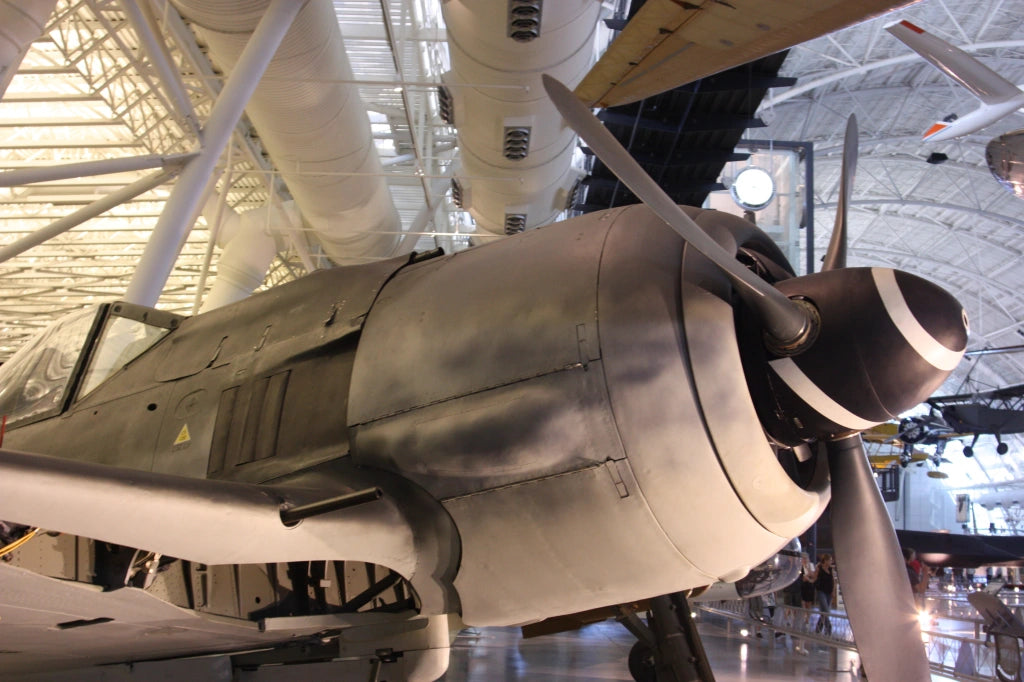World War II is filled with countless tales of valor, heroism, and mastery in the skies. Germany’s Luftwaffe, the nation’s aerial warfare branch during this tumultuous period, bore witness to the rise of several fighter aces—men who achieved dozens of air-to-air victories through skill, daring, and fortune. Among these figures, Josef “Pips” Priller holds a unique position. But how does Priller’s record stack up against the annals of other Luftwaffe legends? Let’s delve into an intricate comparison.
Background and Beginnings
Josef “Pips” Priller, hailing from Ingolstadt and born in 1915, took to the skies as a fighter pilot during the late 1930s. Like other pilots of his era, including Erich Hartmann and Gerhard Barkhorn, his initial days in the Luftwaffe weren’t easy. His intense training during those formative years laid the foundation for the legendary reputation he’d later earn.
Combat Achievements and Strategy
Priller’s most celebrated moment came during the D-Day invasion when he and his wingman were the only German fighters to attack the Allied beachhead, a solitary act of defiance that stood in stark contrast to the vastness of the operation unfolding below. With 101 confirmed kills, Priller’s combat record is impressive. However, he does not match the likes of Hartmann—the highest-scoring fighter ace of all time with 352 victories—or Barkhorn, who bagged 301.
Yet numbers can sometimes be deceiving. A calculated aggression marked Priller’s strategy. Unlike some aces who would dive headlong into enemy formations, Priller often picked off stragglers, employing a systematic approach to air combat.
Aircraft and Equipment
One cannot discuss the aces without mentioning the machines they piloted. Priller was primarily associated with the Focke-Wulf Fw 190, a versatile and powerful aircraft. In contrast, Hartmann’s name is synonymous with the Messerschmitt Bf 109. The choice of aircraft played a significant role in their combat styles. The Fw 190’s robustness complemented Priller’s approach, allowing him to effectively engage and disengage with enemy formations. On the other hand, the agility of the Bf 109 suited Hartmann’s more aggressive tactics.
Leadership and Influence
Beyond individual combat accomplishments, leadership within the Luftwaffe is a critical metric. Priller, ascending to the Oberst (Colonel) rank, commanded Jagdgeschwader 26, a premier fighter wing. His leadership style, blending camaraderie with discipline, endeared him to his subordinates.
Similarly, other aces like Werner Mölders or Adolf Galland displayed exemplary leadership, guiding their units through some of the most challenging periods of the war and leaving a lasting influence on Luftwaffe doctrine.
Legacy and Remembrance
While Priller’s victory count might not place him at the very top of the ace hierarchy, his combat prowess, leadership, and moments of singular audacity have earned him a special place in aviation lore. Aces like Hartmann or Barkhorn might eclipse him numerically, but Priller’s name remains etched in history, not just for the numbers but for the indomitable spirit he embodied.
In comparing Priller with other Luftwaffe luminaries, it becomes evident that the measure of an ace goes beyond mere tallies. Strategy, aircraft preference, leadership, and enduring legacy all shape our understanding of these aerial warriors. Priller, with his unique blend of tactical acumen, courage, and impactful leadership, rightly stands shoulder to shoulder with the most illustrious names of the Luftwaffe.
For more insights into the FW 190 and other important military aircraft, visit Aces In Action. Here, you’ll find an amazing piece of artwork by Craig Tinder titled “The Prowl of Jutta” that depicts Focke-Wulf FW 190 Aces, Josef “Pips” Priller. The limited edition fine art print includes an authentic Focke-Wulf FW 190 relic discovered near a Luftwaffe airfield near Frauenburg (Saldus, Latvia).
The Prowl of Jutta – Focke-Wulf FW 190 Aviation Art by Craig Tinder
From 1940 – 1944, Oberst Josef “Pips” Priller flew over 1,300 combat missions with the German Luftwaffe, scoring a combat career of 101 victories. Each of these victories was recorded over the Western Front – arguably the more challenging front of the European Theater. Naming his many aircraft “Jutta” – after his wife, he was one of the first Luftwaffe Experten to fly the Focke-Wulf FW 190 and even claimed a victory while conducting an early test flight. Of his 101 combat victories, 68 of them were against the venerable Supermarine Spitfire, in which he became the leading ace to claim the type.






Share:
From Cockpit to Courtroom: The Transition of Charles Older
Father and Son Legacy: Exploring the Military Contributions of Claire and John Chennault in Aviation and the Air Force